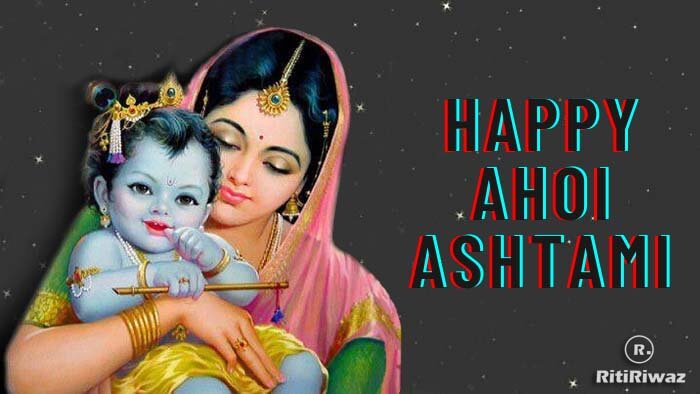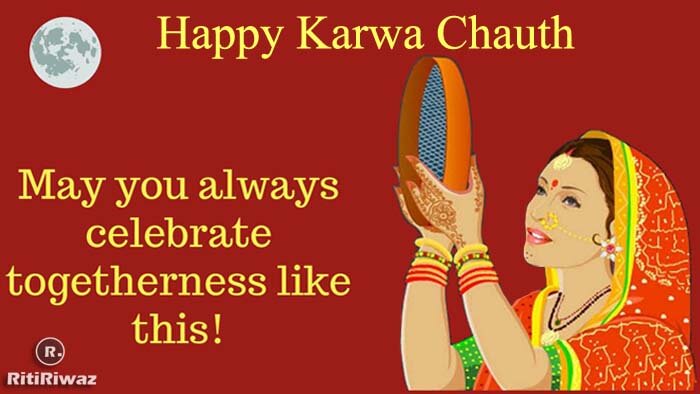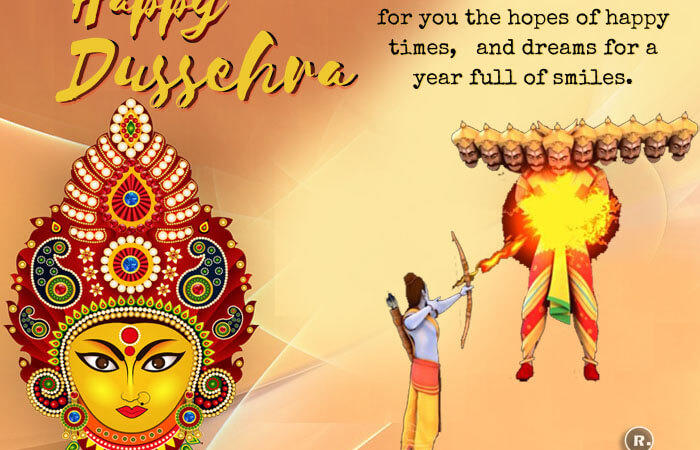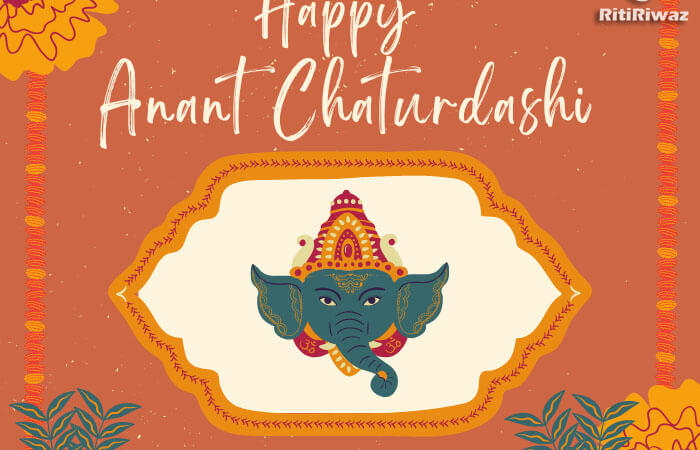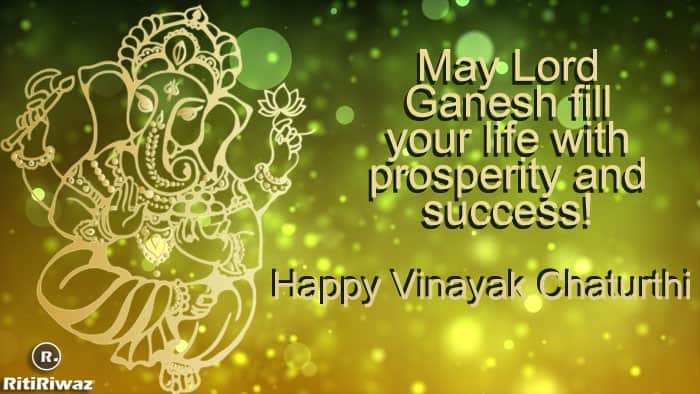Five Days Of Diwali
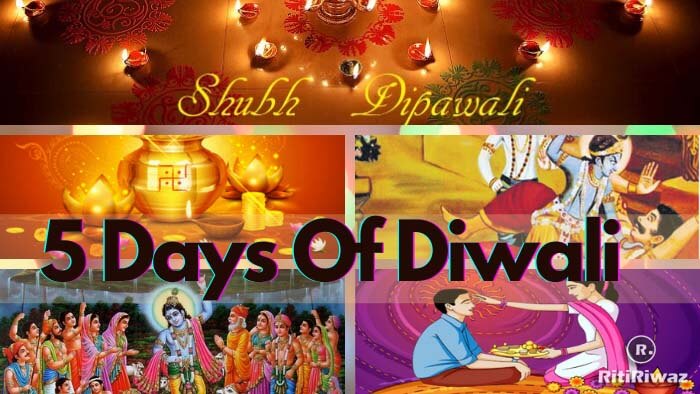
Deepavali, Diwali is a festival of joy, lights, color, and indulgence. The festival is celebrated to mark the homecoming of Shri Ram to His kingdom, Ayodhya. It marks the victory of Shri Ram over Ravan and signifies the triumph of good over evil. Diwali or Deepavali also means an arrangement of diyas or lamps. ‘Deepa’ means deep, diya or lamp, and ‘vali’ means an array or arrangement.
Lights and diyas are lit to signify the driving away of darkness and ignorance, as well as the awakening of the light within ourselves. Diwali is a time for family gatherings, food, celebration, and pooja. Goddess Laxmi plays a major role in this festival, as do Shri Ram and Sita Ji. However, it is also a time of inner reflection and to weed out the darkness within us and fill our inner-self with light, hope, positive energy, happiness, and new goals or targets.
Deepavali is celebrated on the Amavasya or darkest night of the Hindu month ‘Kartik’. This festival is celebrated for five continuous days, of which each one has its own significance.
The five days of Diwali
Dhanteras – Day 1
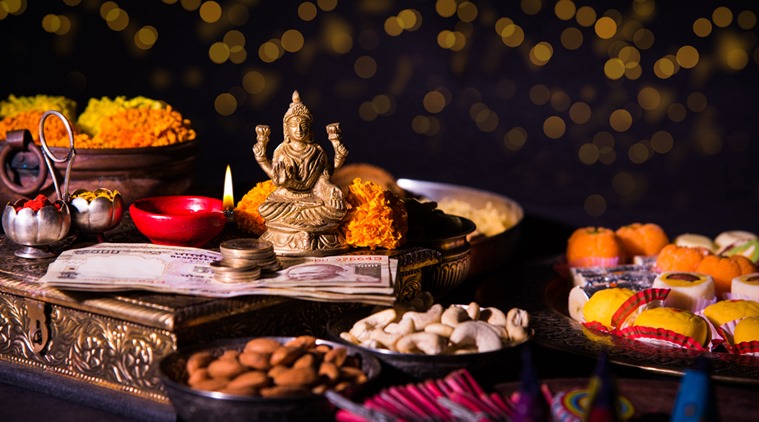
As per the Hindu calendar, Dhanteras falls on the 13th day of the month of Kartik, Krishna Paksha (dark fortnight), and is celebrated two days prior to Diwali. “Dhan” means wealth and “teras” means the thirteenth. Diwali celebrations start off with the advent of Dhanteras with full enthusiasm. Businesses, Offices, Homes are cleaned and decorated with colorful lights, flowers, and rangoli to welcome prosperity, happiness, and success.
For many, it is a time for festivities and shopping. People purchase gold, silver, and utensils as a sign of good luck and good fortune. Dhanteras is also considered an auspicious occasion to purchase land, car, investments, or commence new business enterprises.
Village folks devote this day to worshiping Goddess Lakshmi in the form of their cattle since that forms the pillar of their livelihood. In some parts of India, it is also a tradition to beautify and adorn cows to worship them on Dhanteras day as cows imply wealth for farmers. Believing this day to be auspicious, women purchase some gold or silver or at least one or two new utensils. “Laxmi-Puja” is performed in the evenings when tiny Diyas of clay are lit to drive away from the shadows of evil spirits. “Bhajans”- devotional songs – in praise of Goddess Laxmi are sung.
On this day, many people draw footprints with rice or vermillion powder in their homes to greet Goddess Lakshmi and bring eternal good fortunes in their homes. North Indians perform Lakshmi puja with the purchase of new utensils or jewelry on this day.
Legends Of Dhanteras Day:
Legend has it that in ancient times, King Hima had a son who was doomed to die by a snake bite on the fourth day of his marriage. In due course, the prince grew up and married a beautiful princess. The princess, when she heard of her prince’s fate, told him not to sleep on this day. She blocked all entrances gold, silver, and diamonds. She illuminated every nook and corner of the palace with dazzling lamps and sang devotional songs the whole night long. At the deadly hour when Yamraj or the God of death, entered her chamber in the guise of a snake, he was blinded by all the dazzling light and glitter and he left without entering into the prince’s chamber. The prince was saved. Since then, the day of Dhanteras is celebrated by people buying gold and silver coins and jewelry. Diyas and oil lamps are light up and kept burning all night. Celebrations are long into the night to ward off evil spirits.
Choti Deepavali & Sri Hanuman Jayanti & Yam Diya – Day 2: Narak Chaturdashi Celebrations

This festival is also known as Chhoti Diwali or Narak Chaturdasi. It is celebrated a day before the main Deepavali or on Kartik: Amasya. On this day Hanuman Ji, or Pawan Putra and the son of Anjana is observed as Hanuman Jayanti.
The festival of Narak Chaturdashi is observed since it is on this day Shri Krishna killed the demon Narkasur. It is celebrated on the 14th day of Kartik Maas.
Rituals of this day
People wake up early in the morning break any bitter fruit and apply the kumkum-oil paste on their foreheads and then take a bath. The breaking of the fruit represents the head of the demon King, Narakasur and the kumkum-oil paste symbolizes the blood that Lord Krishna smeared on his forehead. At dusk, people start lighting Diyas and candles in and around their houses to mark the celebration of Chhoti Diwali.
How to worship Narak Chaturdashi?
As Shri Krishna killed Demon Narkasur on this day so Shri Krishna is worshipped with garland, incense sticks, deeps, and rice by reciting mantras.
Main Deepavali – Day 3
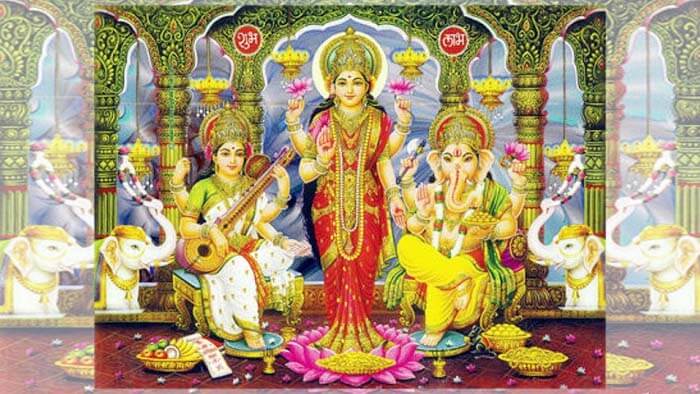
On the dark new moon night, the entrances to all homes are lit up and decorated with rangoli patterns to welcome Lakshmi, the radiant consort of Vishnu and the Goddess of wealth and luster. Lakshmi Puja is performed on this day. Diwali is the last day of the financial year in traditional Hindu businesses and businessmen perform Chopda Pujan on this day on the new books of accounts.
Govardhan Puja – Day 4
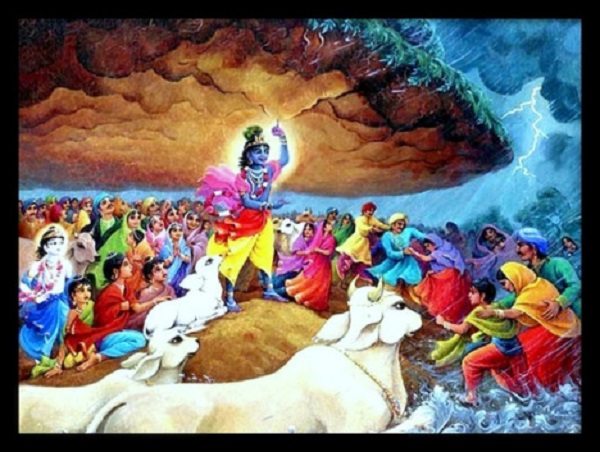
The day after the Lakshmi Puja, most families celebrate the New Year by dressing in new clothes, wearing jewelry, and visiting family members and business colleagues to give them sweets, dry fruits, and gifts. Among the business communities of Gujarat, Rajasthan, Madhya Pradesh, and Maharashtra, Diwali is the festival when the new business year begins.
On this day, after an early morning bath with an oil massage (auspicious bath), women move lit lamps in front of their husbands’ faces. In the afternoon, one feast on a meal with delicacies. People don new attire and celebrate the whole day through. There is also a practice of worshipping the mountain Govardhan (Govardhan puja) on this day, by making a heap of cow dung and tucking durva (a sacred grass) and flowers into it. Images of Lord Krishna, the cowherds, Lord Indra, cows, and calves are arranged alongside and also worshipped. Then, all the images are taken out in a procession, to commemorate Lord Krishna’s saving the cowherds and their herds from torrential rains by holding up the mountain Govardhan like an umbrella over them, with His finger.
Bhaiya Dhuj – Day 5
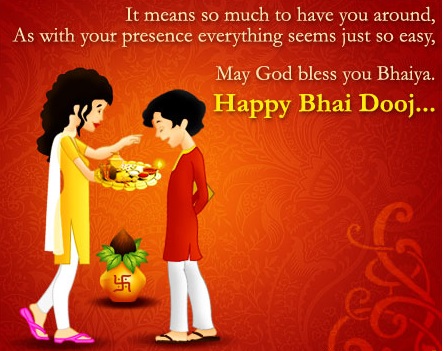
Bhai Beej is a day on which all married sisters will invite their brothers for meals. The sisters will wish their brothers longevity, health, prosperity, and happiness, thereby also renewing their affection.
Thus Deepavali must be understood in its wider context. The festival of lights does not simply mean lighting lamps. Hearts must be enlightened with goodwill for peaceful co-existence with fellow human beings and the rest of creation. Enlightenment (light of knowledge) leads to the dispelling of spiritual ignorance.

